I decided to freelance full-time a little more than a year ago. I was so scared even though I had built up my freelance writing career while I worked at full-time jobs and already had contracts with a handful of publications. I had hit a tipping point where I could either focus on writing full-time and growing my own business or continue to write on the weekends and late at night without pitching new publications or taking on much more work.
Taking the leap has pushed me to be a better journalist. When you decide to focus 100% on Plan A, you rise to the occasion and make it work. I pitched more stories, wrote different types of articles, negotiated more often, and also learned to take breaks and enjoy weekends again. I also knew I was applying to Columbia Journalism School and that I would start shortly after hitting my first anniversary as a full-time freelancer so I could try it for a year and then reassess after getting my decision. (Luckily, I got in!)
No matter how ready you think you are to freelance full-time or start a business it’s still scary. You have to learn so many new skills and get out of your comfort zone. Big time. Here is how I decided to pursue freelance writing full-time.
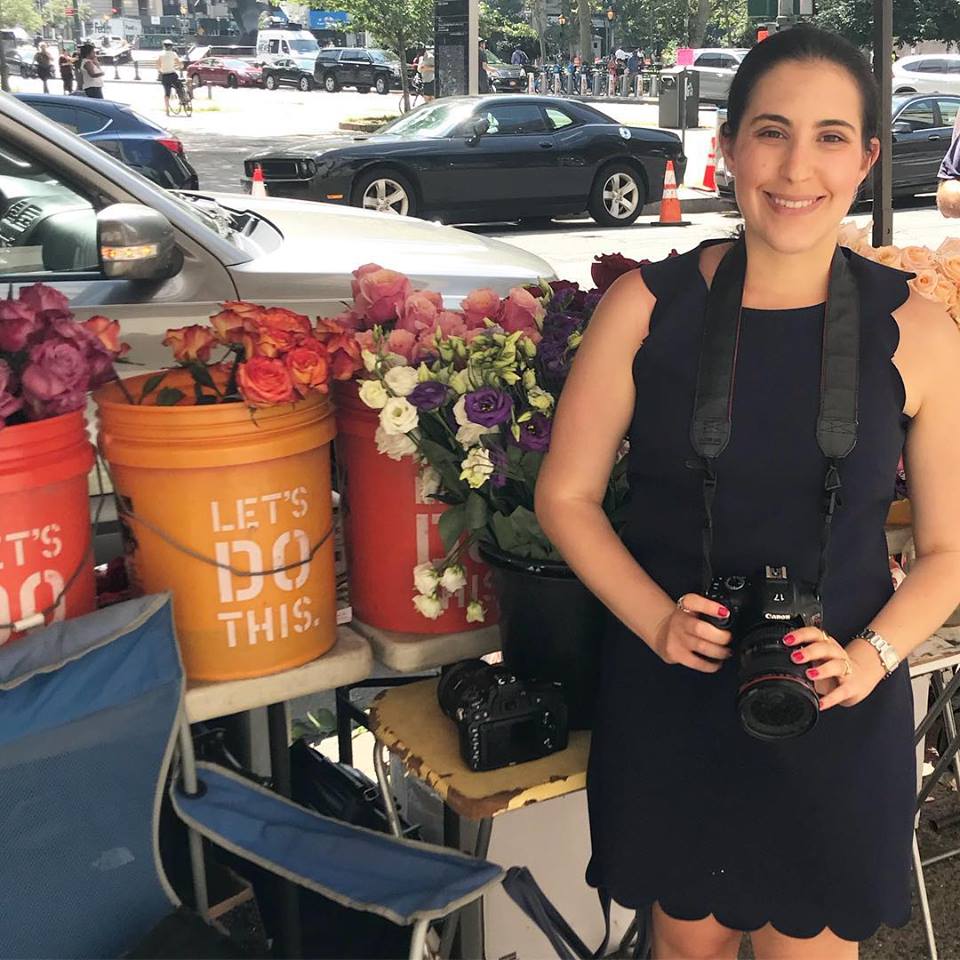
I knew I could match my income:
I have been tracking my income and expenses with QuickBooks for two years, so I had an idea of how much I made year-to-year and how much more I could make if I took on new clients and assignments at the same rate. QuickBooks makes it easy to find tax deductions and keep my finances organized by capturing receipts of business expenses, automatically tracking mileage, and categorizing my business expenses. (You can also link it to your business bank account to make it even easier!) I have the app on my phone so I can check it and add information on the go. Some publications do direct deposit or have invoice forms but, when they don’t I use the QuickBooks Self-Employed invoice tool to send and track invoices. (P.S. When you are estimating your finances before deciding if you can freelance full-time, don’t forget to factor in taxes, health insurance, and coworking space if you choose to work out of an office.)
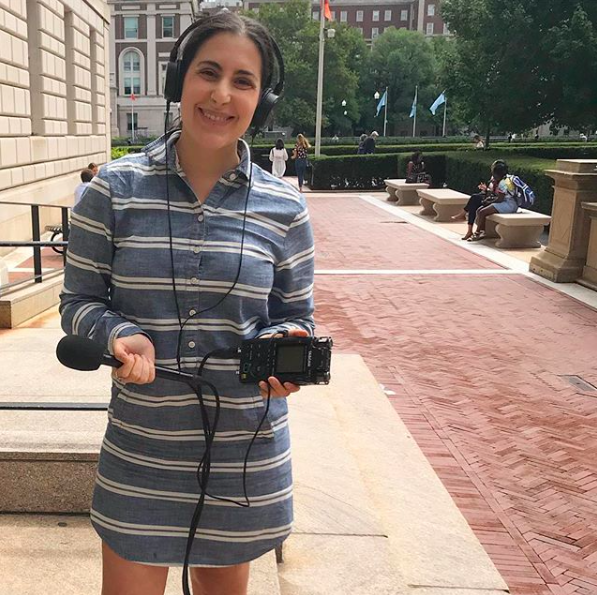
I had a plan for getting new clients and work:
I was fortunate because I had a few strong client relationships that I built when freelance writing was still my side hustle. I knew I’d keep working with those clients, but I needed to find more clients to reach my income goal. Luckily my journalist friends are supportive and a friend introduced me to editors at Women’s Health and Allure, I met someone from Business Insider at a dinner party, and I emailed a blogger friend who works at USA Today. I also continued using Contently, the tool I tell all journalists about, and got placed on a few more projects. I would find it stressful to only pitch stories and hope for the best, so having clients on retainer while simultaneously pitching worked best for me.
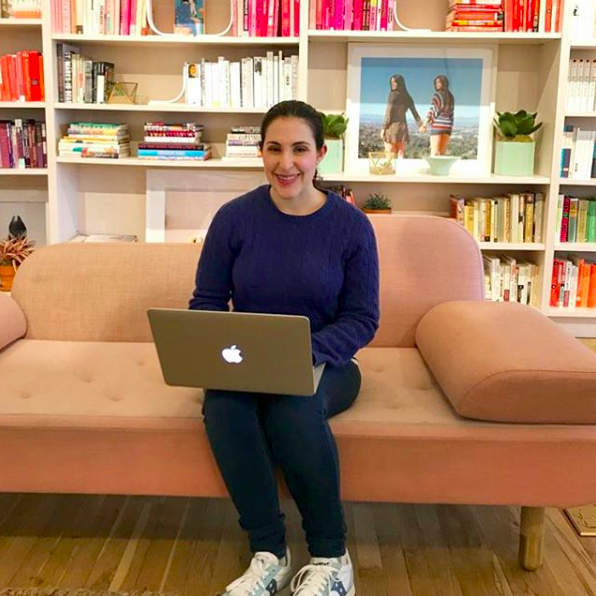
I knew I had the self-discipline and drive to work independently:
You can set your schedule when you are a freelancer and take as many days off as you want. It could be tempting to work hard on days with deadlines and slack off a bit during the week. I was so used to freelancing with a full-time job and working late nights and weekends that I knew I had the drive to meet deadlines, continuously pitch stories, and stay focused during typical working hours.
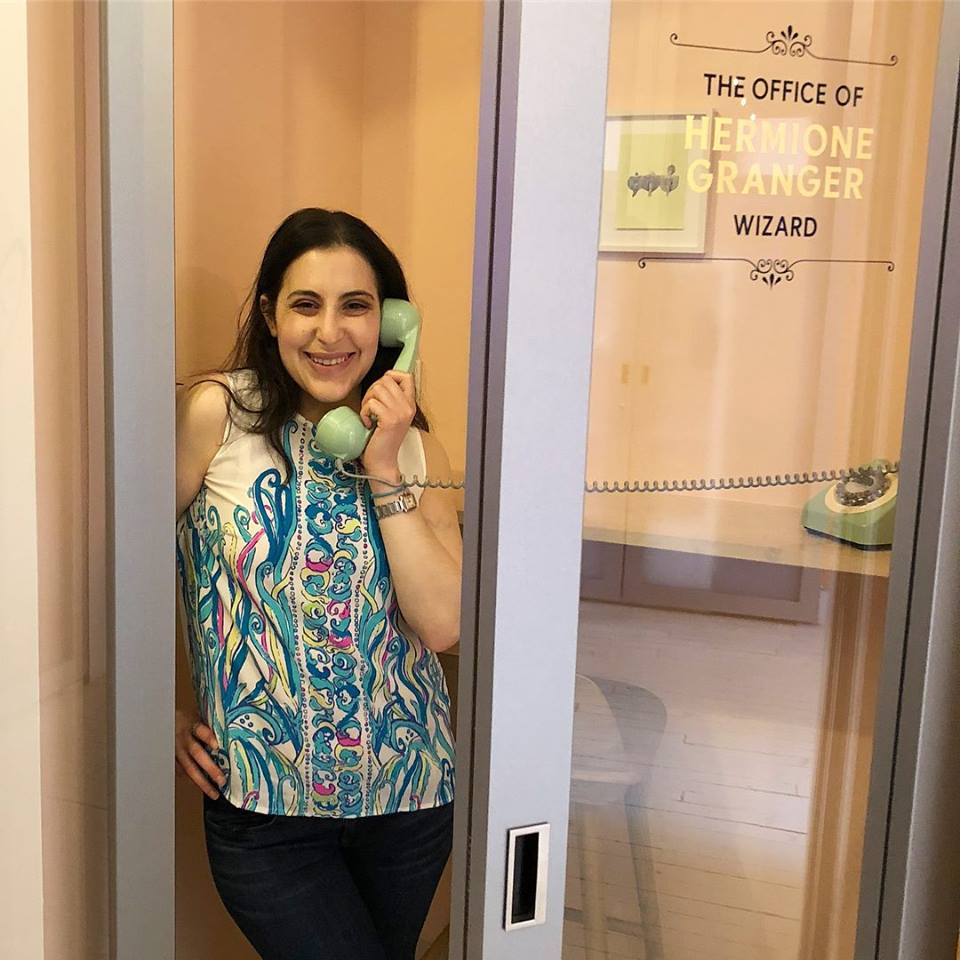
I figured out routines and an organization system that works for me:
I have always thrived on routine, so I decided that I would work from 10 a.m. to 6 p.m. on weekdays. I tried to only take in-person meetings and interviews two days a week so I could have uninterrupted blocks of time to write on other days. I also tried my best to stick to time-batching everything from answering emails to sending invoices to meal-prepping. I have three ways that I keep track of all of my deadlines. I write them down in a paper planner. I put deadlines in my Google Calendar as all-day events and color code for my personal life, blog, and articles. I also use the iPhone Tasks app to set separate to-do lists for my personal life, freelance writing, blog, and now Columbia assignments. I set a reminder for 8 a.m. on the day an assignment is due and look at all my calendars and to-do lists before bed and in the morning. On the organization front, QuickBooks has also made tax season, income forecasting, and budgeting much more seamless.
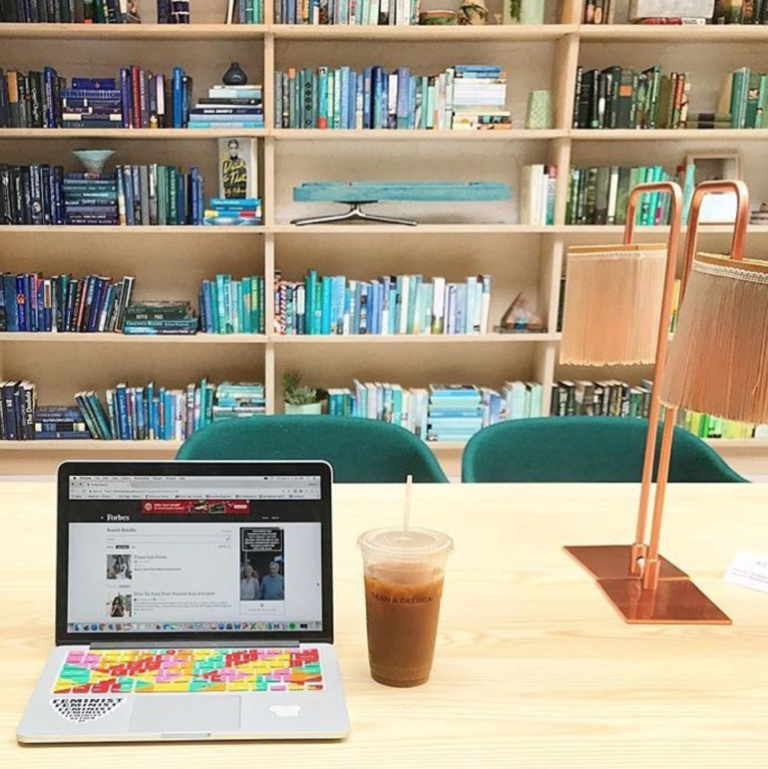
This post is sponsored by Intuit Quickbooks.


















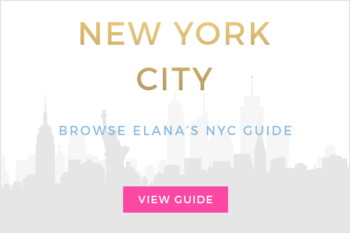




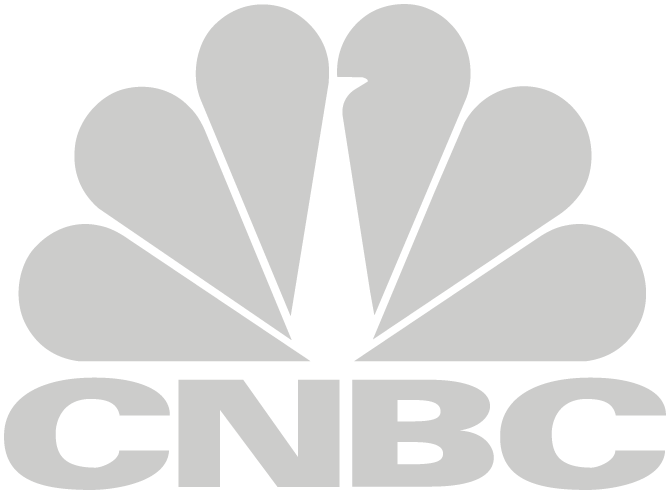

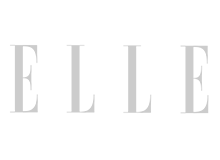
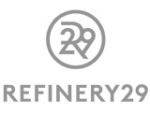

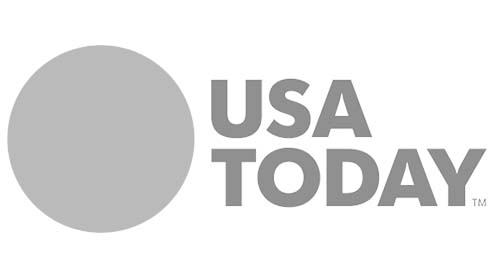

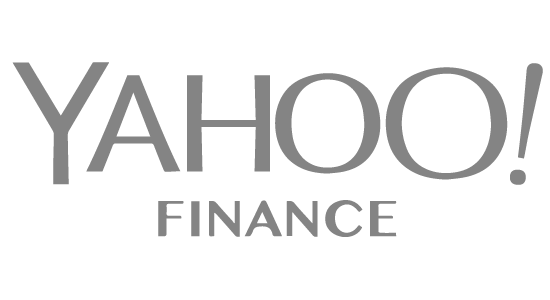

Pingback: My Favorite Posts of 2018 - Elana Lyn